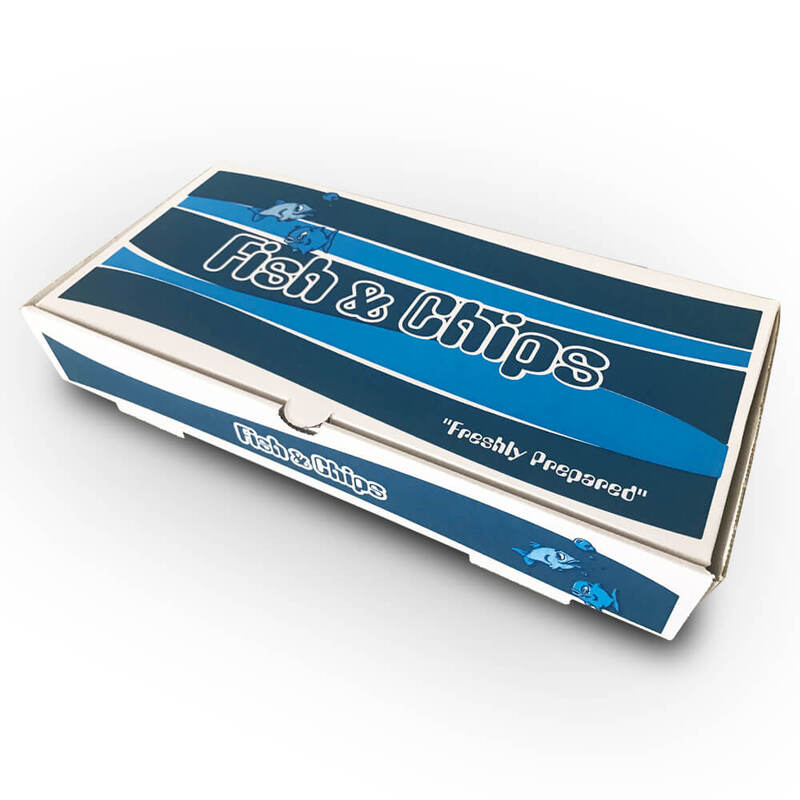The Versatility and Impact of Cellophane Bags
Cellophane bags have long been a staple in both commercial and personal contexts, offering a perfect blend of utility, aesthetics, and environmental responsibility. Originating in the early 1900s as one of the first transparent packaging materials, cellophane quickly gained popularity due to its unique properties. Unlike many synthetic alternatives, cellophane is made from regenerated cellulose, a plant-based material that not only provides excellent barrier properties but is also biodegradable. This article will delve into the various uses of cellophane bags, their benefits, and their role in sustainable packaging practices.
Practical Uses of Cellophane Bags
Cellophane bags are renowned for their versatility. They can be found in a multitude of applications, ranging from food packaging to craft projects. In the food industry, these bags are often used to package candy, baked goods, and other perishable items. Their transparent nature allows consumers to see the product inside, which can enhance the visual appeal and stimulate purchasing decisions. Moreover, cellophane bags provide a moisture barrier that helps to preserve the freshness of the contents, making them an ideal choice for items that require a longer shelf life.
In addition to their role in food packaging, cellophane bags are also widely used in retail settings for small items like jewelry, trinkets, and gifts. Their elegant appearance can elevate the presentation of products, making them more attractive to consumers. The ability to customize these bags with prints or logos also allows businesses to enhance their branding.
Environmental Benefits
In an era of increasing environmental consciousness, the benefits of cellophane bags become even more pronounced. Unlike plastic bags, which can take hundreds of years to decompose and contribute significantly to pollution, cellophane bags are biodegradable. This means that when disposed of properly, they break down into natural materials within a much shorter time frame. As consumers become more aware of the environmental impact of their choices, many are turning to biodegradable options such as cellophane bags to lessen their ecological footprint.
cellophane bags

Furthermore, cellophane’s compostability means that it can be integrated into organic waste management systems. This characteristic is particularly appealing to businesses striving to adopt sustainable practices. By choosing to package their products in cellophane instead of plastic, companies can communicate their commitment to sustainability while appealing to eco-conscious consumers.
Challenges and Considerations
Despite their many advantages, there are challenges associated with the use of cellophane bags. For instance, while cellophane is biodegradable, it still requires specific conditions to break down effectively. It is crucial for consumers and businesses alike to be informed about proper disposal methods to realize the environmental benefits of these bags fully.
Additionally, cellophane is not as moisture-resistant as some synthetic options, which can limit its effectiveness in certain applications, particularly in wet or humid conditions. As a result, while cellophane bags serve well in many contexts, it is essential to assess their suitability based on specific needs.
Conclusion
Cellophane bags represent a harmonious blend of functionality, aesthetic appeal, and environmental responsibility. Their versatility makes them a favored option in various industries, while their biodegradable nature plays a crucial role in the ongoing shift toward sustainable packaging solutions. As consumers increasingly prioritize eco-friendly products, cellophane bags stand out as a practical choice that balances beauty and sustainability. With the right awareness and practices, both businesses and consumers can contribute to a greener future by opting for these remarkable bags.



